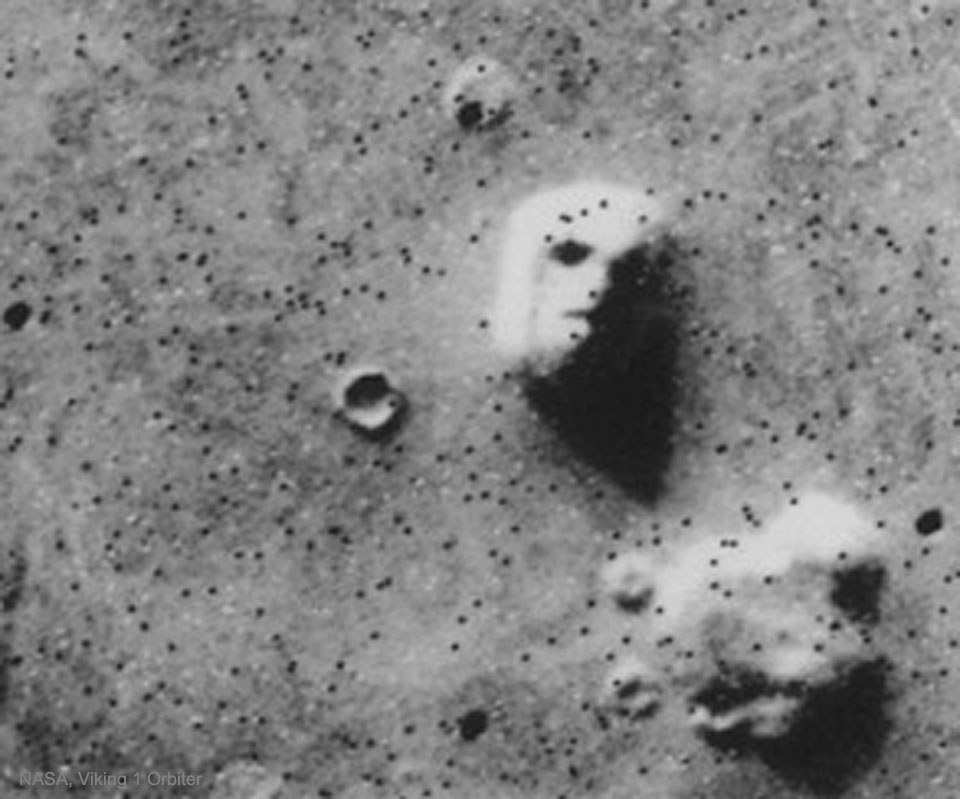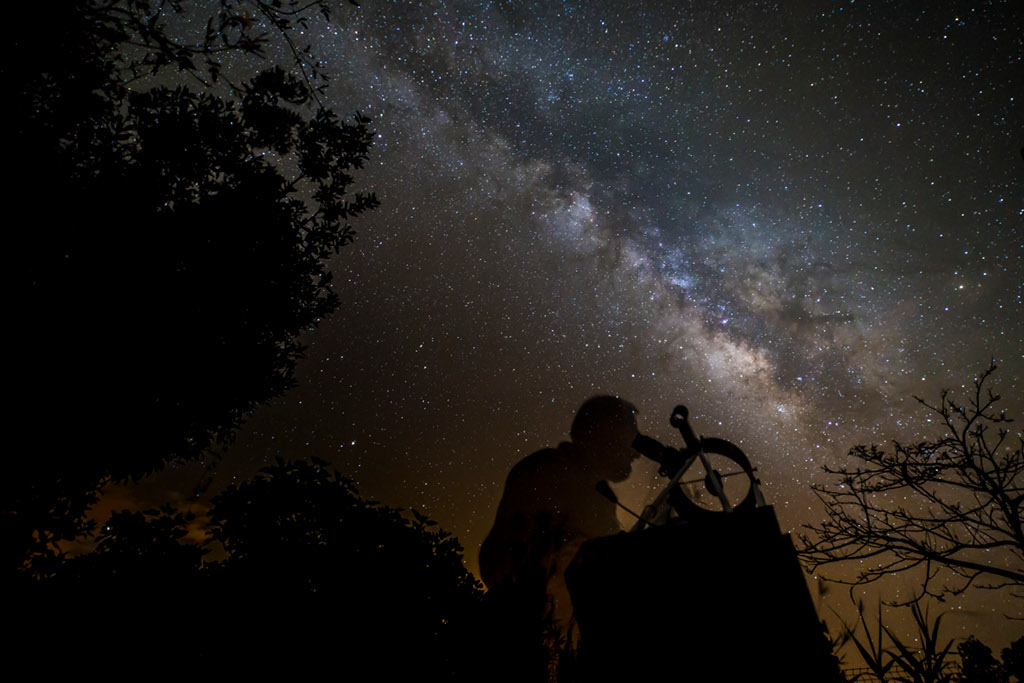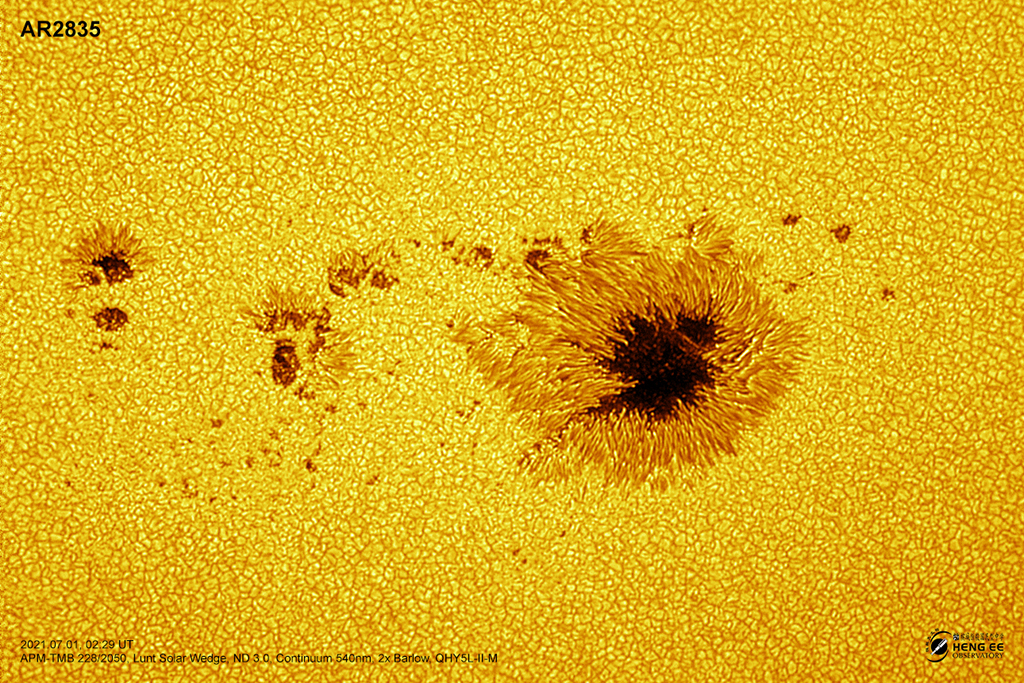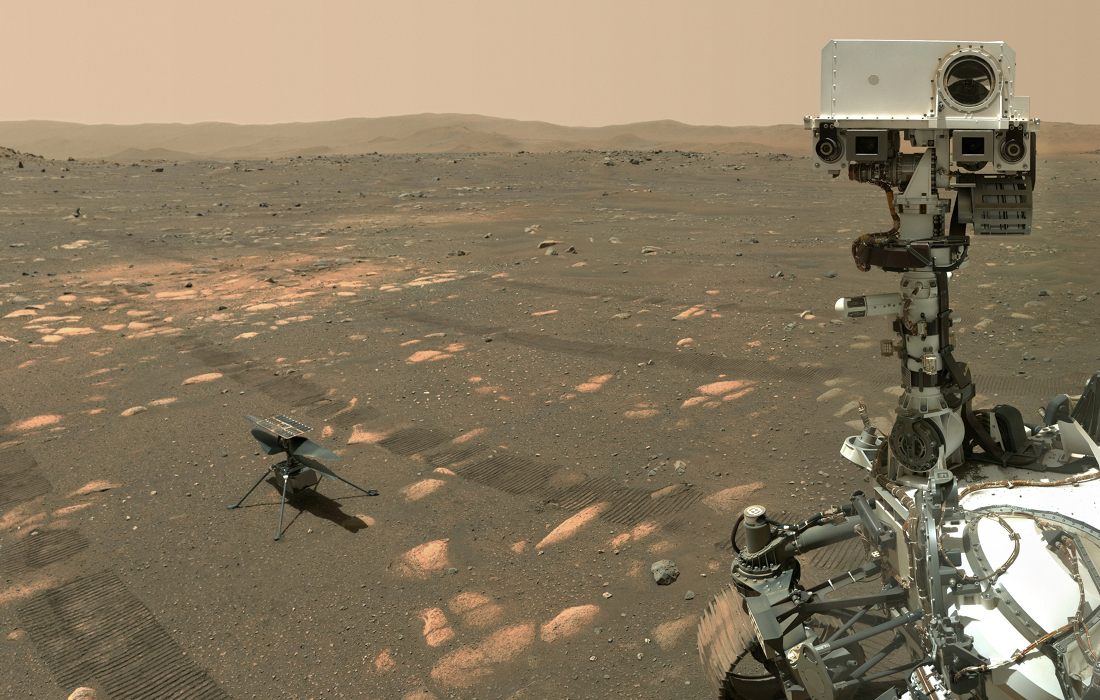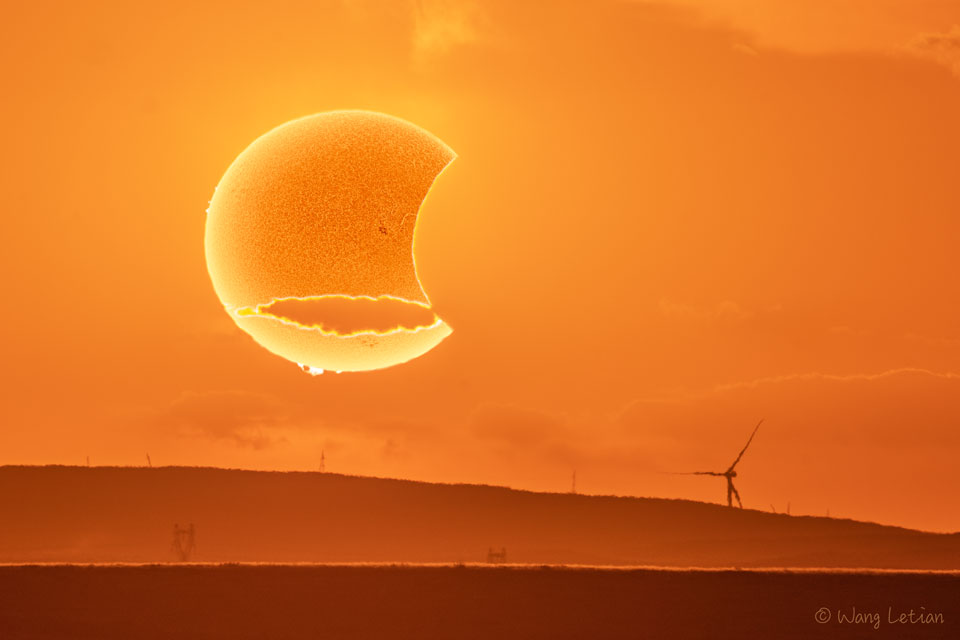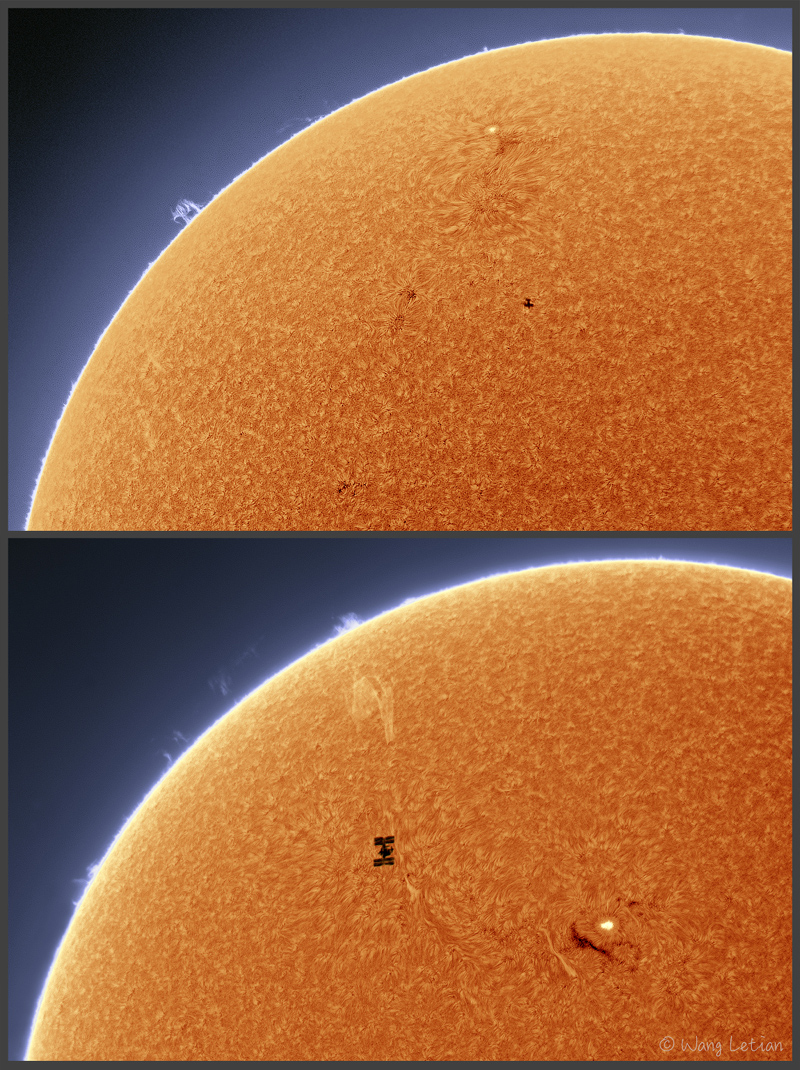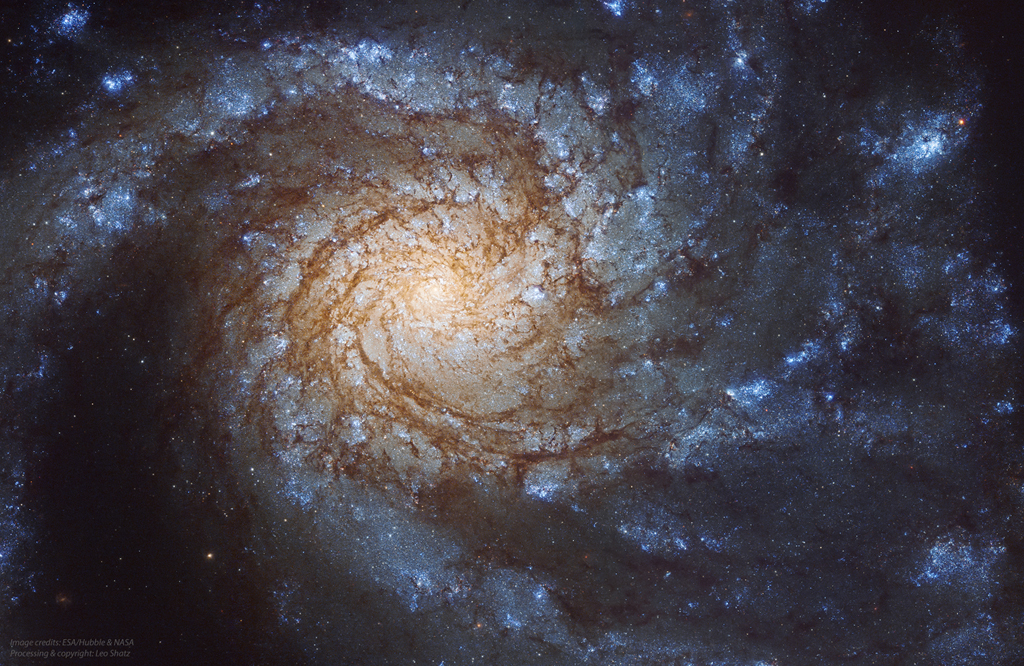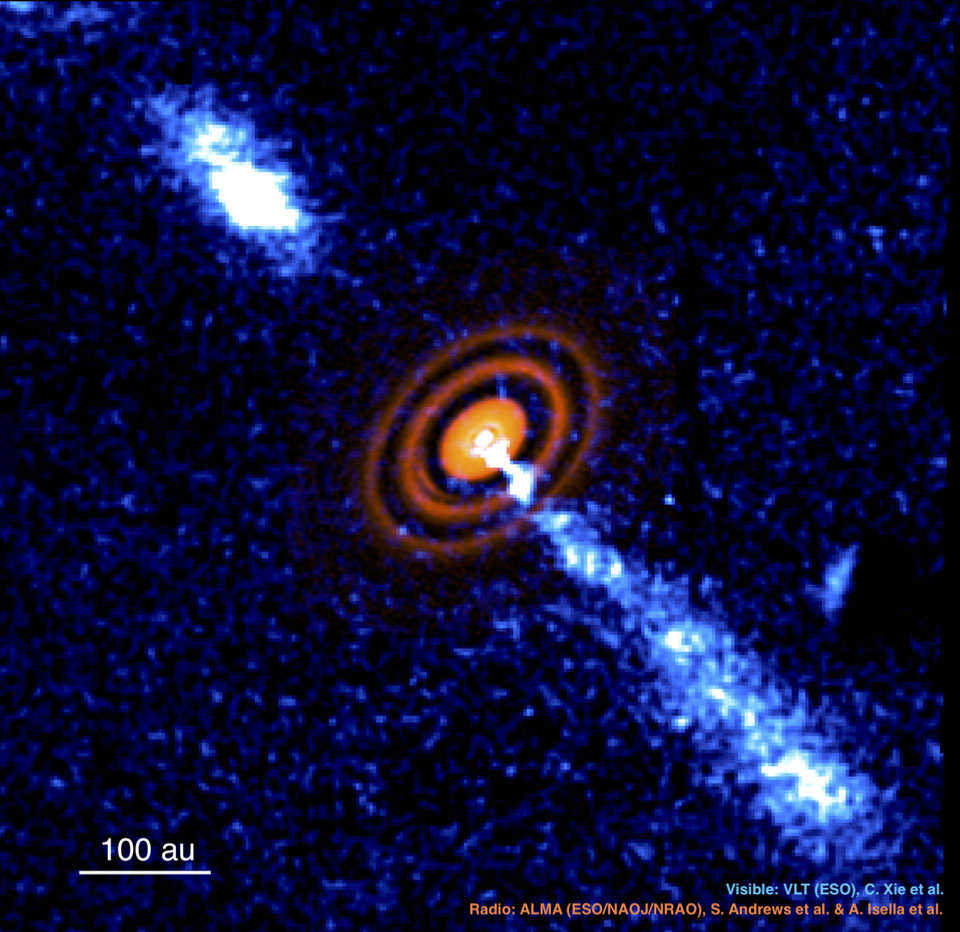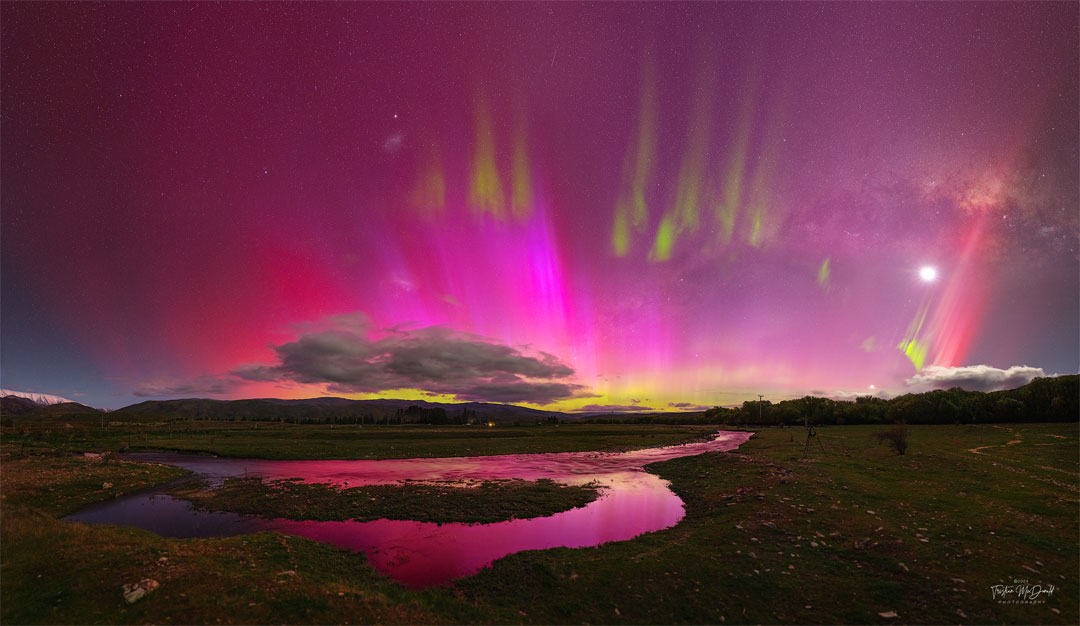2021 July 4
Image Credit: NASA, Viking 1 Orbiter
Explanation: Wouldn't it be fun if clouds were castles? Wouldn't it be fun if the laundry on the bedroom chair was a superhero? Wouldn't it be fun if rock mesas on Mars were interplanetary monuments to the human face? Clouds, though, are floating droplets of water and ice. Laundry is cotton, wool, or plastic, woven into garments. Famous Martian rock mesas known by names like the Face on Mars appear quite natural when seen more clearly on better images. Is reality boring? Nobody knows why some clouds make rain. Nobody knows if life ever developed on Mars. Nobody knows why the laundry on the bedroom chair smells like root beer. Scientific exploration can not only resolve mysteries, but uncover new knowledge, greater mysteries, and yet deeper questions. As humanity explores our universe, perhaps fun -- through discovery -- is just beginning.
